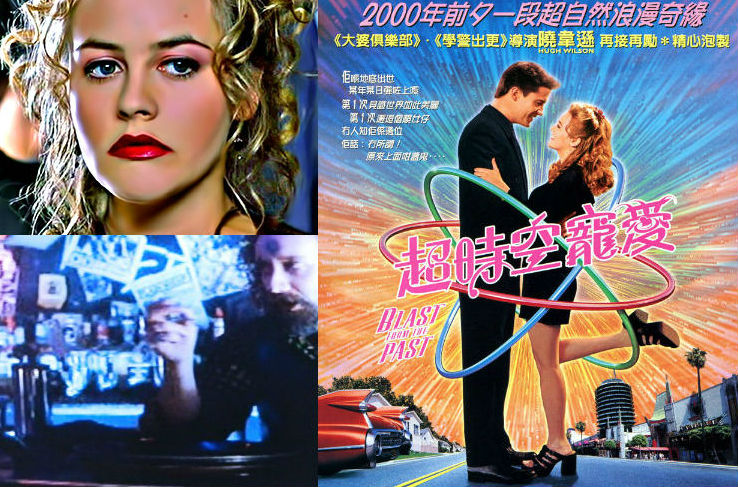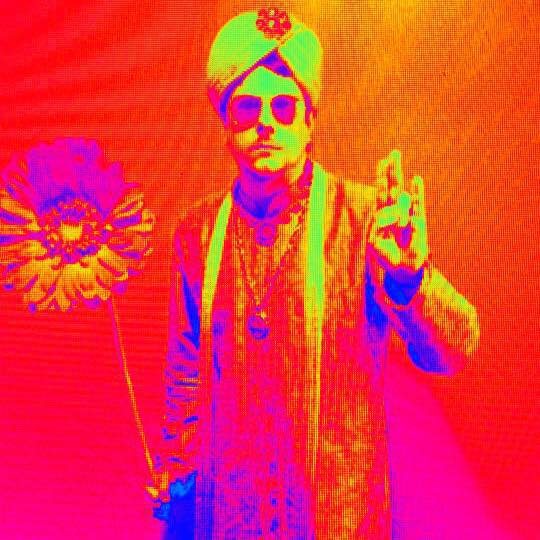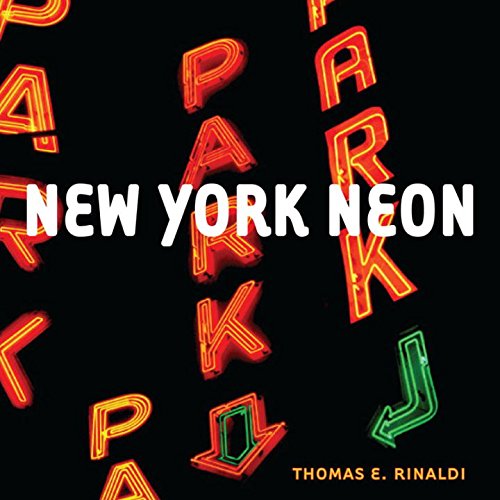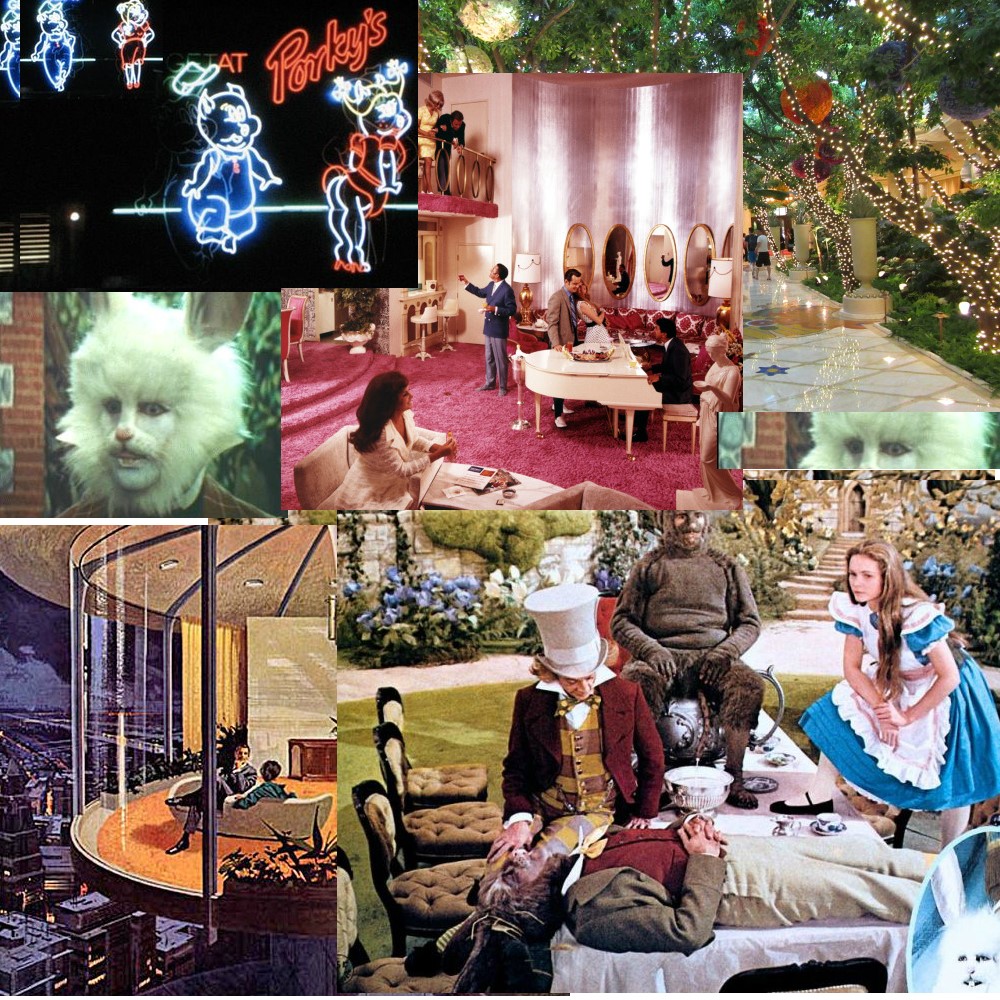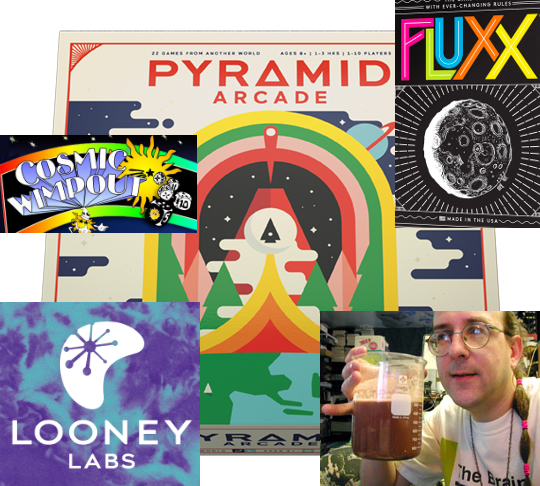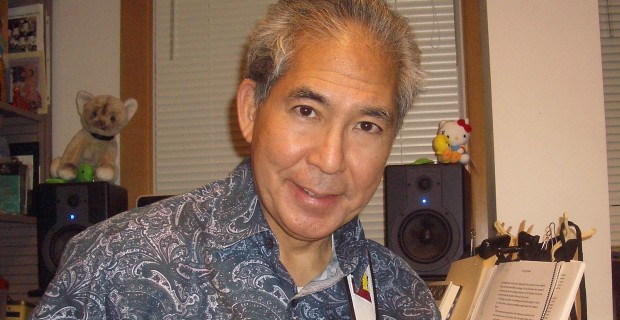Robert Stark and co-host Pilleater talk to Count Isidor Fosco about the Film Blast From The Past(1999) starring Brendan Fraser and Alicia Silverstone.
Topics:
The plot summery; Adam Webber(Brendan Fraser) comes out from a nuclear fallout shelter after 35 years
The culture shock when Adam emerges in the 90’s and thinks he is in a zombie overrun dystopia
Adam’s father scientist Dr. Calvin Webber(Christopher Walken) who builds the fallout shelter
The stereotype of a 1950’s father vs. Calvin as a Utopian and idealist
The beginning of the film during the Cuban Missile Crisis, the Cold War Theme, and the cultural “nuclear war”
The “education” of Adam; his homeschooling makes him appear “aristocratic” to women
The bunker as an analogy for isolating one self from society and the pros and cons of doing so
How Adam manages to win the Psychosocial narrative by playing by his own rules
The concept of “Eternal Return” as it is shown at the end of the film
The trend of having nostalgia for past eras and the mid century aesthetic
Political agendas in film and conservatives uncreative critiques of Hollywood
The formulaic narrative of romantic comedies and how it works for the film
The comic element in the miscommunications and what makes good comedy
Brendan Fraser as a 90’s icon, his comic style, and his other films
The allure of Alicia Silverstone and how her character compares to her roles in films such as The Crush, Clueless, and The Babysitter
The Transformation of Alicia Silverstone’s character Eve
LA depicted in the film, the San Fernando Valley, and Pasadena
Pilleater on Tess Haubrich as Rosenthal in the new film Alien Covenant
Click Here to download!
This show is brought to you by Robert Stark’s Paintings!
